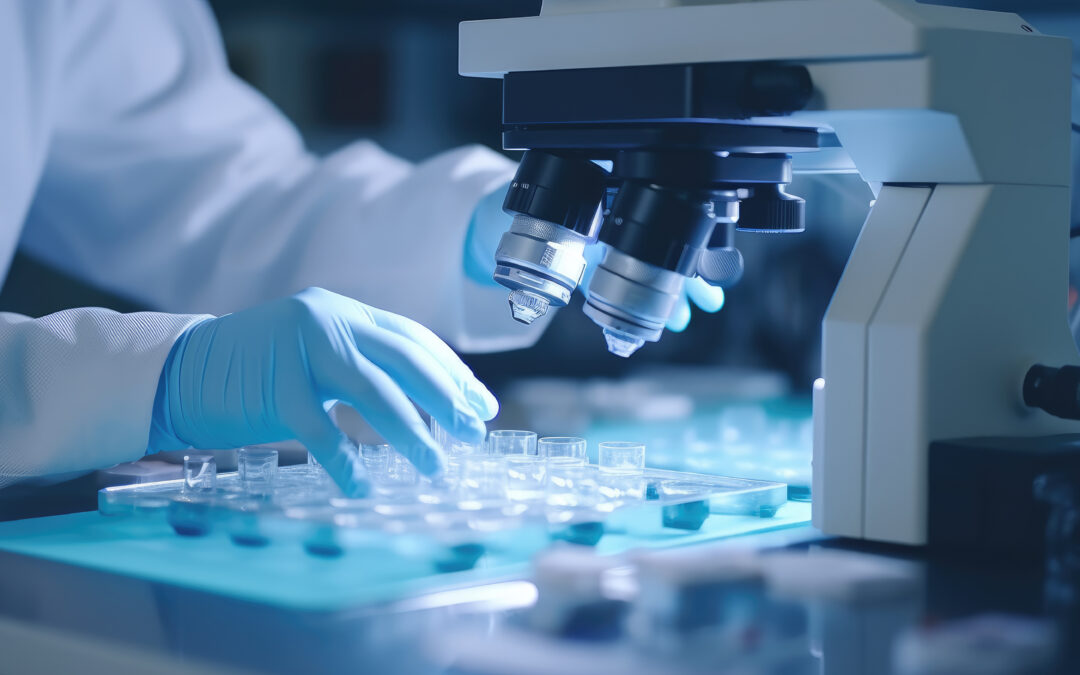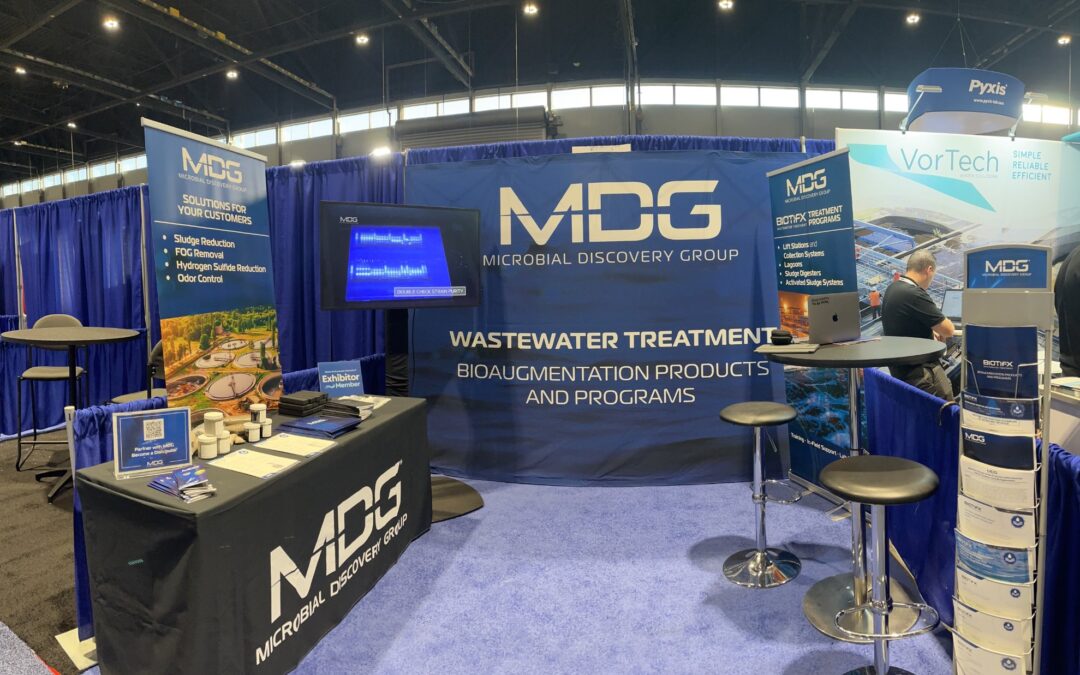One of the biggest advantages to using bioaugmentation for lagoon wastewater treatment is that it can buy you time before your lagoon will need to be dredged. The specialized bacteria get to work on built-up sludge and can increase your capacity for a fraction of the price. However, I once spoke to a wastewater treatment professional that said, “if we need more lagoon space, we don’t dredge; we just dig another hole.” I knew dredging and hauling could be extremely expensive, but I wasn’t sure what digging another “hole” or lagoon would cost. I’m no civil engineer, but I did some surface level digging and found some bid proposals online that suggest the contractor portion alone can range between $5-10M! While I’m sure there is an array of costs involved with this process, I see three main pieces that make constructing a new lagoon harder than it sounds.
The cost of:
- Land
- Engineering Firm Expertise
- Time
The Price of Land
One of the proposals I found from North Dakota indicated that the land at the time was $8000 per acre, with a requirement of 40 acres. That math comes out to $320,000 just in land! Not to mention that the cost of land in North Dakota is quite a bit different from the cost of land in New York City or Los Angeles.
I found a website with an article written in June 2019 that lists the cost of an acre of land across 48 contiguous states. It was quite interesting. New Jersey was the #1 most expensive with land averaging, $196,410 per acre. Rhode Island was $133,730 per acre while Wisconsin, where MDG is located, averaged $9,924 per acre.
Unfortunately, when you need to expand your wastewater operation, you likely need to buy the land next door, which probably comes at more of a supply and demand type of price. The reality is that many cities and states don’t have a lot of options due to the lack of surrounding land or the cost of that land. So, digging an additional lagoon becomes more difficult.
Research, Planning, and More!
I’m amazed by what municipalities and engineering firms must do when evaluating options for a final proposal. I was just reviewing one firms planning document and the intricacies of what is involved boggle the mind. To paint a picture for you, you must survey the existing conditions, land, environmental assessments, project alternatives, costs, pay back revenue, and more just so you can begin the process to get approvals and funding; all costing a pretty penny. Just the table of contents, list of figures, tables and appendices was 7 pages long! I have great respect for our civil engineers that do this kind of work. Bioaugmentation isn’t designed to replace this, but rather to buy you time and resources until this is approved.
Time is of the Essence
The truth is, time is our most valuable asset and we all wish we had more of it to go around. The cost of building a new lagoon is quite high, but another truth is that this isn’t a quick venture and could take years. Likely in times of unplanned need, the years it takes to build a proper lagoon system may not provide the short or even medium-term fix you need.
Digging Out of Your Current Hole (Lagoon)
In this COVID-19 environment, there are a lot of pulp & paper manufacturers, food processing plants, and municipalities that are going to be putting in a lot of overtime. These facilities are seeing new challenges around increases in demand, shifts, and other key obstacles for maintaining critical infrastructure. I would hazard to guess that many of the wastewater facilities supporting this new demand don’t have a lot of budget, land, or time to adapt.
The good news is that sludge in most lagoons, depending on the industry, is between 30-80% digestible! Could you benefit from getting 30-80% of your lagoon back? You would essentially be digging yourself out of your current hole and buying you some time before you need to dig a new one. This can all start today and at a fraction of the cost!
Let’s discuss your situation and we can pair you with one of our dedicated distribution partners. We’d be happy to help you expand your current infrastructure with bioaugmentation until you have time for long-term solutions.









